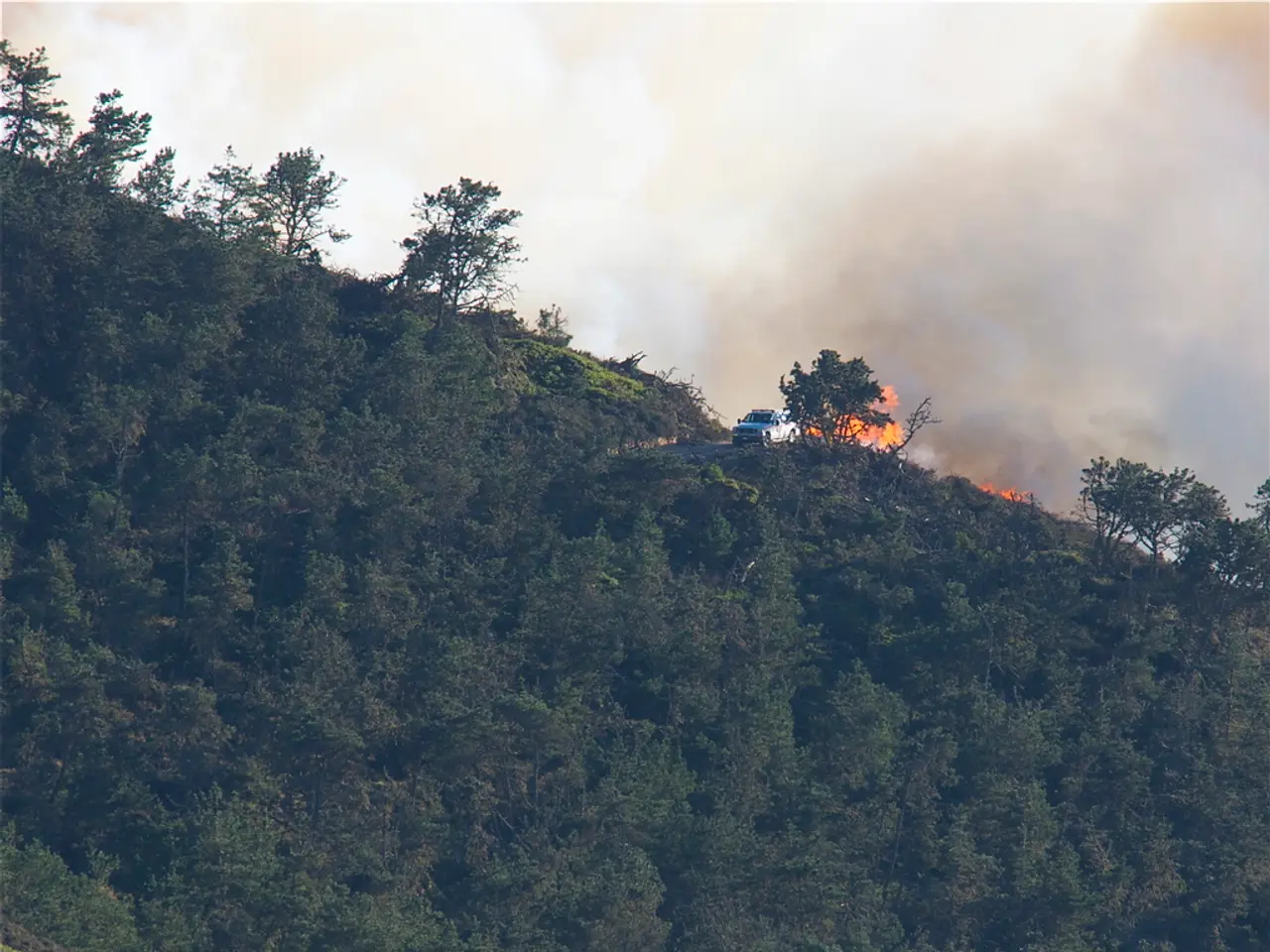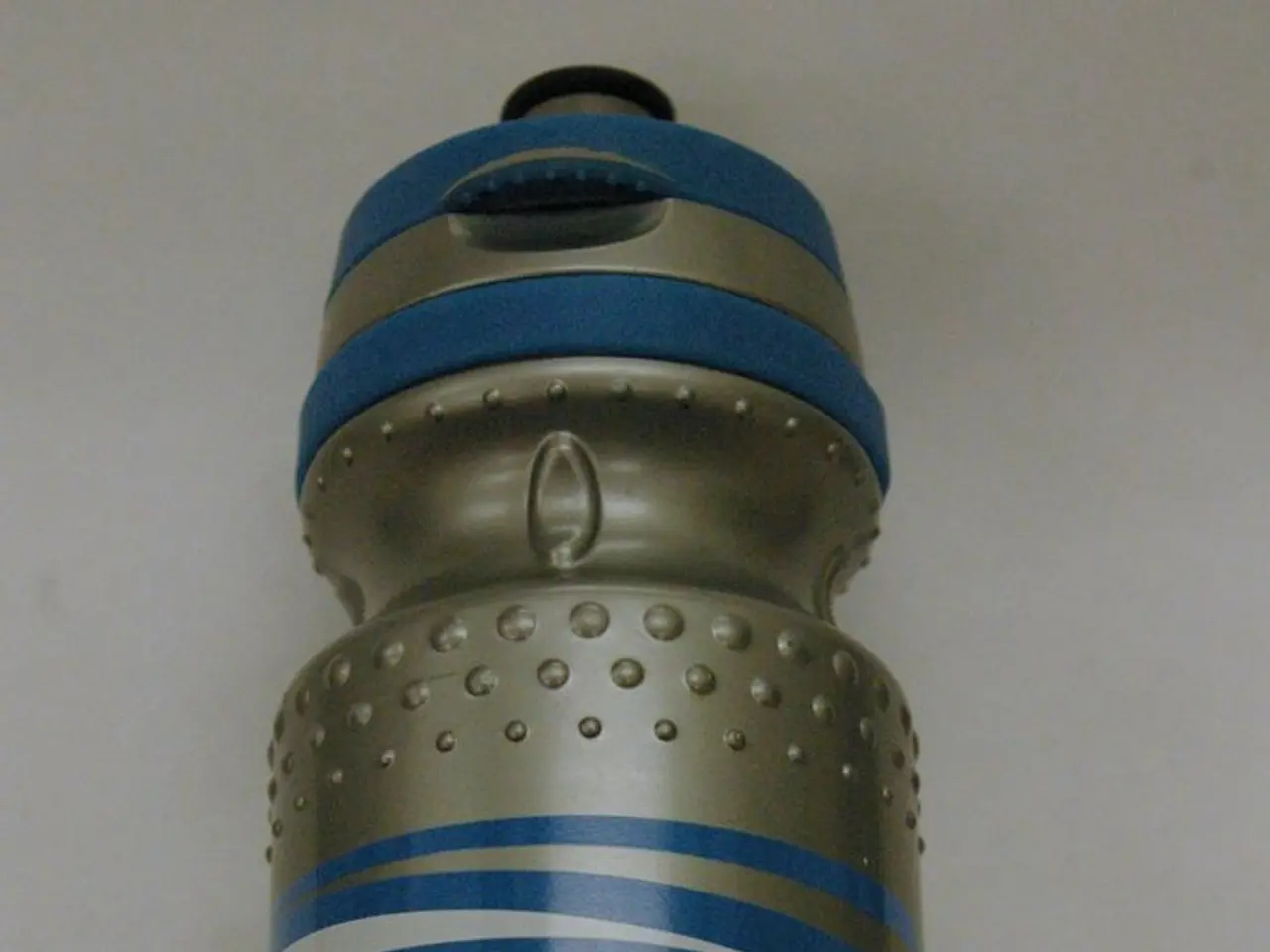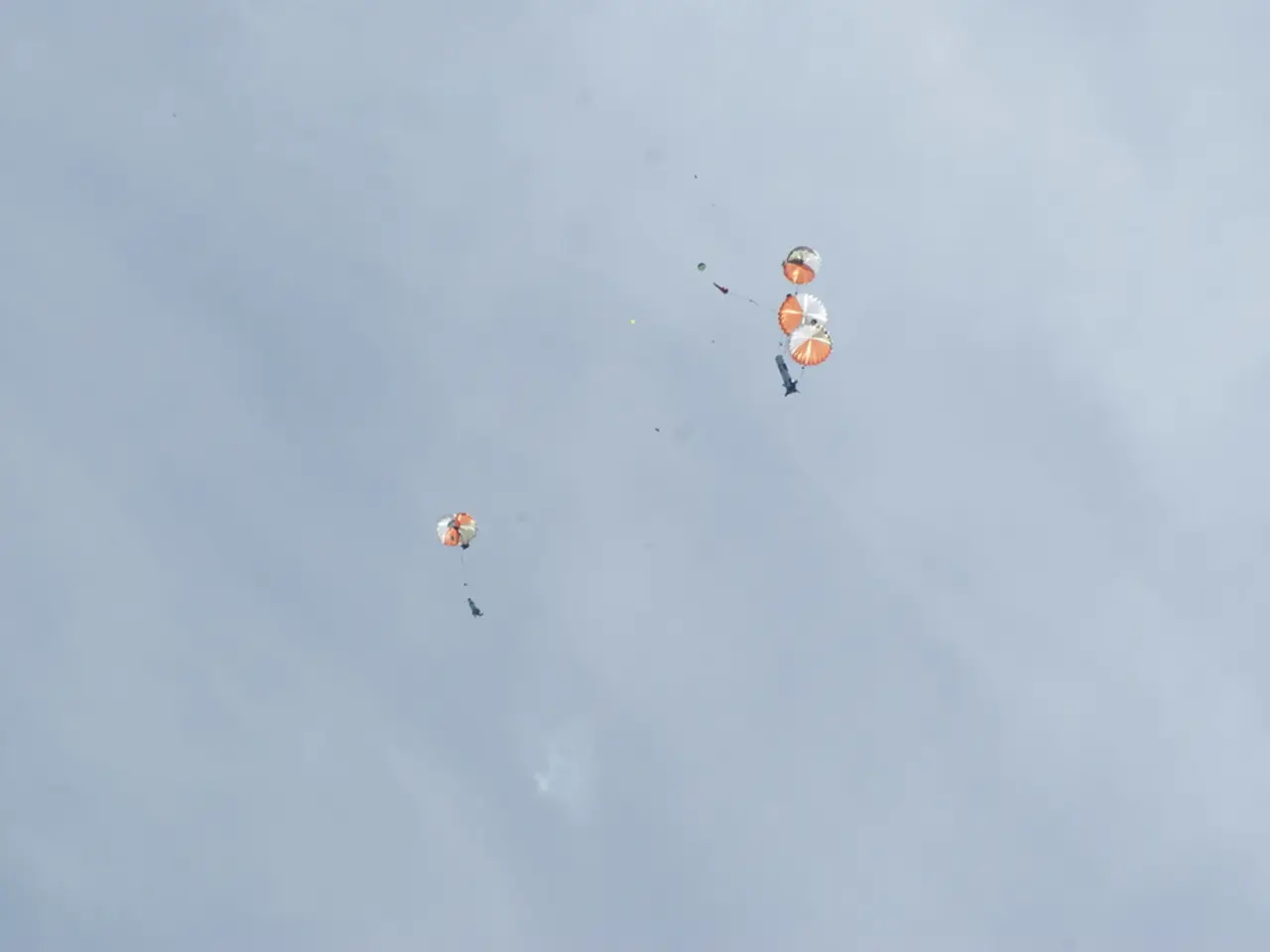Fires in the Grand Canyon are documented using satellite imagery, engulfing vast amounts of land
In the scorching heat of Northern Arizona, two wildfires, the Dragon Bravo Fire and the White Sage Fire, have ravaged thousands of acres within the Grand Canyon National Park's North Rim. One of the structures destroyed by the Dragon Bravo Fire was the iconic Grand Canyon Lodge [1].
NOAA's satellites have been instrumental in monitoring the progression and growth of these wildfires. The Advanced Baseline Imager (ABI) aboard NOAA's GOES-18 satellite captures high-resolution images of the growth and expansion of a wildfire in almost real-time, providing crucial heat signatures [2].
The Dragon Bravo Fire, which started on July 4, was initially detected by the ABI, which showed the winds were blowing from the north/northwest. The time-lapse images revealed the origin, rapid growth, and expansion of the fire [3].
NOAA's satellites also play a critical role in wildfire containment. Through advanced imaging technology and artificial intelligence, they aid firefighting agencies with timely, accurate information essential for effective wildfire containment [4].
Key ways they aid include automated fire detection, rapid alerts, smoke and fire impact tracking, supporting operational decisions, and economic and safety benefits [4]. The satellite-based detection and early alerts have helped save hundreds of millions of dollars in structures and property by enabling timely firefighting intervention [5].
NOAA's JPSS satellites, NOAA-20 and NOAA-21, also provide important information about wildfires, even after sunset, thanks to the Visible Infrared Imaging Radiometer Suite (VIIRS) [6]. This instrument keeps first responders and community leaders aware of the fire's behavior, including any growth, new hot spots, or updates critical for fighting the wildfire [7].
Firefighters, weather forecasters, and community leaders alike rely on information from NOAA's satellites to fight the fires and make informed decisions about public safety [8]. For the latest updates on the Dragon Bravo and White Sage fires, visitors can refer to the InciWeb site [9].
For those interested in staying updated on breaking news, park updates, and skywatching events, the Grand Canyon National Park's website offers a newsletter [10]. The website also provides closure details related to the fires.
References: [1] https://www.nps.gov/grca/learn/news/grand-canyon-lodge-north-rim-closed-due-to-dragon-bravo-fire.htm [2] https://www.nasa.gov/mission_pages/GOES-R/main/index.html [3] https://www.nasa.gov/feature/noaa-satellites-monitor-wildfire-progression-and-growth [4] https://www.nasa.gov/feature/noaa-satellites-play-crucial-role-in-wildfire-containment [5] https://www.nasa.gov/feature/noaa-satellites-help-save-hundreds-of-millions-of-dollars-in-structures-and-property [6] https://www.nasa.gov/mission_pages/NOAA-NPP/news/noaa-20-launch-blog.html [7] https://www.nasa.gov/feature/noaa-satellites-help-first-responders-fight-wildfires [8] https://www.nasa.gov/feature/noaa-satellites-help-first-responders-fight-wildfires [9] https://inciweb.nwcg.gov/incident/7690/ [10] https://www.nps.gov/grca/learn/news/subscribe.htm
- The environmental news shared by NOAA reveals the significant role their satellites play in monitoring and containing wildfires, such as the Dragon Bravo Fire and the White Sage Fire, within the Grand Canyon National Park's North Rim.
- The climate change and environmental science communities keen on space and astronomy would be intrigued to know that NOAA's satellites, like the JPSS and GOES-18, provide real-time images of wildfires and help detect hot spots even after sunset.
- In the realm of health-and-wellness, staying informed about updates on environmental incidents, like the ongoing wildfires at the Grand Canyon National Park, is essential for maintaining community safety and well-being.
- Even beyond wildfire monitoring, NOAA's data collection through environmental satellites contributes to various scientific fields, including meteorology, space-and-astronomy, and continuing the exploration of our universe.




